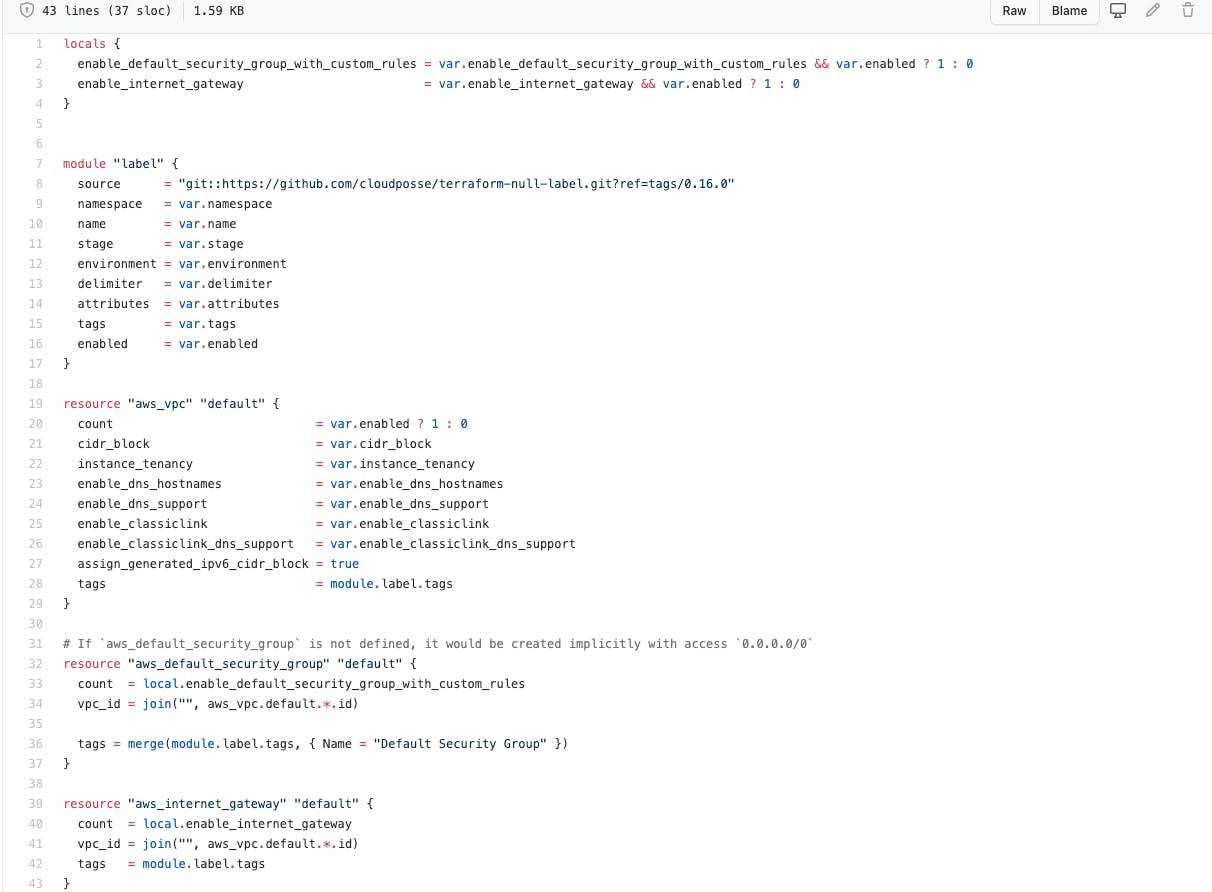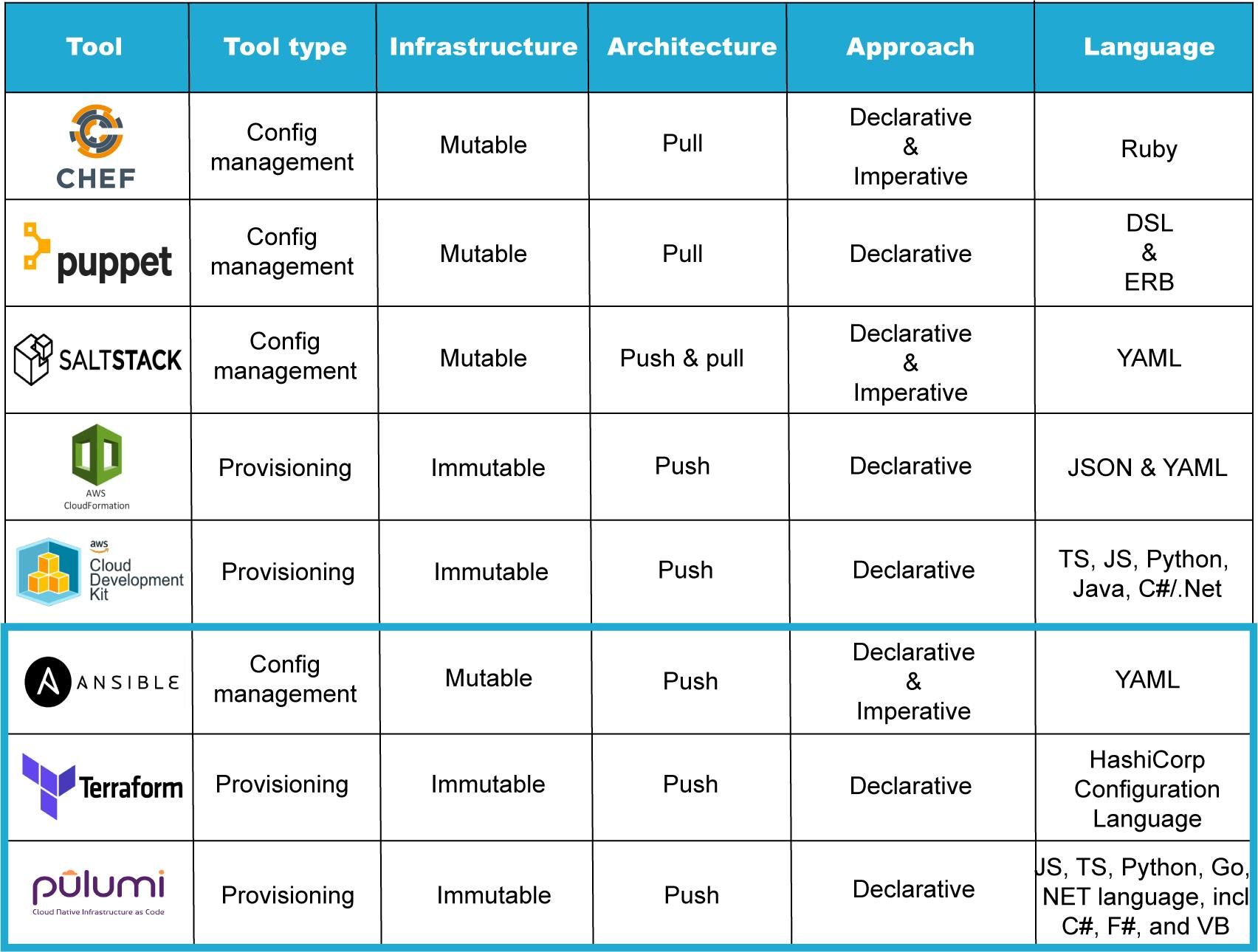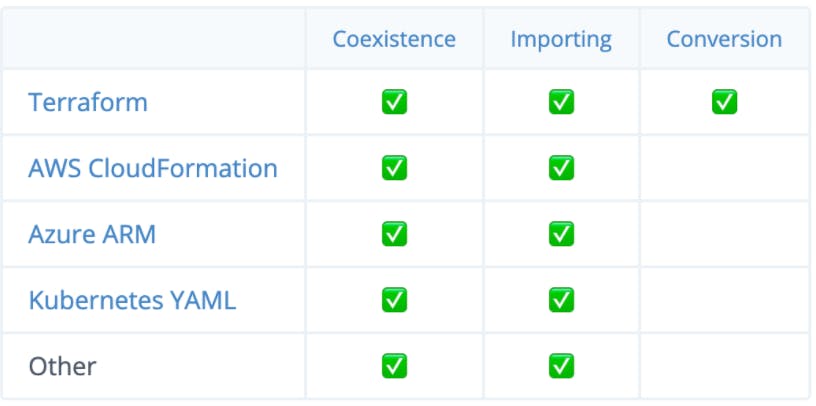Ok, we understood what is infrastructure as code and what you can define with code. Obvious benefits are automation and elimination of routine work, but other organizations specify their own advantages.
Our clients (to whom we provided infrastructure as code consulting services and implementation) reported such IaC benefits:
- Faster modernization and ability to build pretty much exemplary infrastructure
Infrastructure automation enables the creation of reliable, safe and low cost systems.
- Measurable metrics
Once the IaC is adopted, you can measure the results and make the "figures"-driven decisions.
- One-size-fits-all solution
Yep, you really can apply infrastructure as code to any system (cloud, VMs, servers).
- Decreased time on infrastructure maintenance
Again, automation offloads devs, so they spend more time on updates and features release.
- Reduced risks and downtimes
Making changes to the infrastructure is not the constraint anymore, because the manual changes are eliminated.
- Any time available resources
Users can get the needed resources they need, when they need.
- Full control
You have the entire visible control over security, governance, user roles.
- Faster troubleshooting
Thanks to infrastructure automation, many bottlenecks are eliminated on the step of implementation and testing stage will uncover where the bug popped up.
- Documented infrastructure description
Documentation is always a good idea, but in case with IaC in DevOps, it serves to describe the desired state of the infrastructure. Thus, any user can read the JSON / YAML file and easily understand how the system must work.
- Version control
Any change is recorded, so you will know who and when did it and rollback, if the action was undesired. Besides, the team members can make an audit and suggest improvements.
- System consistency
Automation is always about the code built the same way all the time. This enables predictions on how the system will behave and make testing even more efficient.









